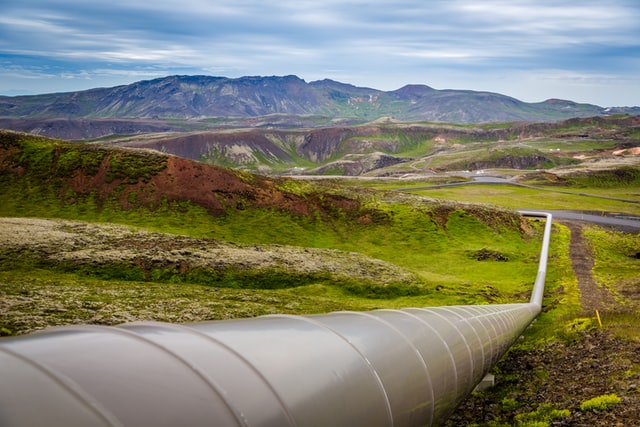
Leakage detection and activity control
168 km underground pipeline of oil/gas-condensate field activity control.

Vibroacoustic monitoring of oil wells
Determination of the fluid’s inflow intervals; Finding the points of leakage of columns and packers; Determination of the hydraulic fracturing intervals.

Perimeter Security
1km 200m perimeter of a hotel and tourist complex. Two fiber optic cable lines: on fencing; in ground perimeter fencing.


